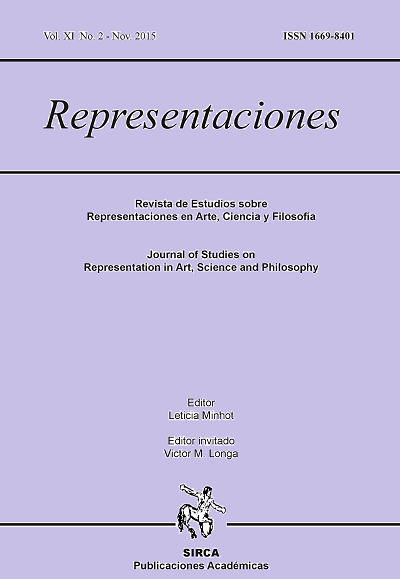The silliness of the standard
Palavras-chave:
Lenguas estándar, Actitudes lingüísticas, Lenguaje y lógica, Lenguaje y estética, Clase social, Standard languages, Language attitudes, Language and logic, Language and aesthetics, Social classResumo
This article examines the silliness of standard languages. It begins by first noting the absurdity of some claims about the supposed superior logic of standards (e.g., “two negatives make a positive”) and the even more subjective notion of the beauty and expressiveness of standards. The major portion of the paper, however, is spent in showing that standard languages are very poorly organized, if by organization one means consistency, symmetry, and simplicity of operations. Nonstandards win these contests in each examined case. The article concludes by evaluating some competing notions about the source for this standard disorganization or silliness: Is it a product of linguistic isolation? Is it outright classism? The answer appears to be complex.
Este artículo analiza la estupidez de las lenguas estándares. Comienza subrayando el carácter absurdo de algunas afirmaciones sobre la pretendida mayor lógica de las variedades estándares (por ejemplo, “dos negativos hacen un positivo”) y la incluso aún más subjetiva noción de belleza y expresividad atribuida a tales variedades. Sin embargo, la mayor parte del trabajo se centra en mostrar que las variedades estándares están organizadas de manera muy pobre, si por organización se entiende consistencia, simetría y simplicidad de las operaciones. Las variedades no estándares ganan esa pugna en cada caso examinado. El artículo finaliza evaluando algunas nociones en conflicto sobre las fuentes de esta desorganización o estupidez propia del estándar: ¿es un producto del aislamiento lingüístico?; ¿es un clasismo absoluto? La respuesta parece ser compleja.

